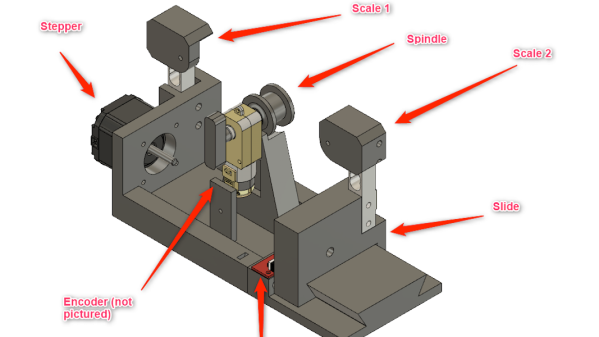Electronic conference badges are an integral part of our culture, and have featured many times here. The norm for a badge is an exquisitely designed printed circuit board with some kind of microcontroller circuit on it, often a display, and some LEDs.
This is not enough though for [Mastro Gippo], for he has given us an interesting alternative, the shell of a Nokia 3310 mobile phone fitted with a new motherboard holding an ESP32 module, and of course that classic display. It is to be the badge for IHC Camp, which initialism if you hadn’t guessed stands for Italian Hacker Camp, and which will run from the 2nd to the 5th of August 2018 in Padova, Italy. It’s worth reminding readers, at the time of writing IHC tickets are still available, so get ’em while they’re hot!
The board itself is a beautiful piece of work, and aside from the Nokia’s keyboard and display it holds the ESP module and an STM32F103 microcontroller that handles all the peripherals. There is no microphone, after all this is a badge rather than a phone, but there is space for a LoRa module. He’s done another fascinating post about the PCB design, including the on-board wireless antenna.
We have seen a lot about badges from the #BadgeLife scene surrounding the USA’s DEFCON courtesy of our colleague [Brian Benchoff], so it is particularly interesting to see badges from the opposite side of the Atlantic. This is an artform whose journey still has a way to go, and we’ll be along for the ride!










 [JohnnyQ90] is, of course, no stranger to the nitro engine, having previously brought us the
[JohnnyQ90] is, of course, no stranger to the nitro engine, having previously brought us the 









